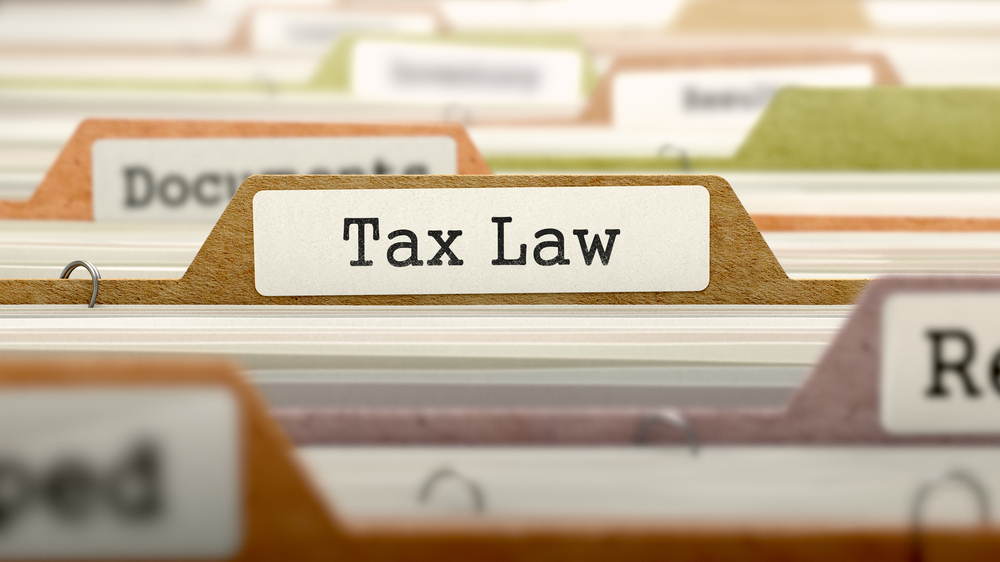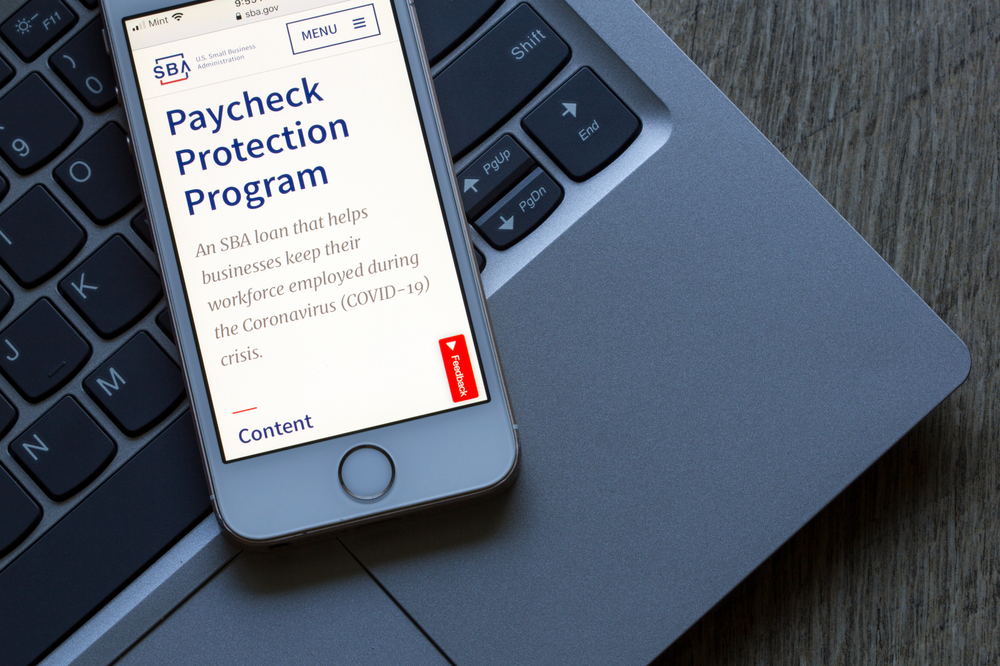
Businesses Should Review Sales Tax Laws
November 24, 2020
Changes in the Deductibility of Expenses Paid with PPP Funding
January 4, 2021The IRS has updated a number of COVID-19 related Frequently Asked Questions (FAQs).
Background The Families First Coronavirus Response Act requires certain employers to provide paid leave to workers who are unable to work or telework due to circumstances related to COVID-19 (Qualified Paid Leave). FFCRA offsets the costs of providing Qualified Paid Leave, up to certain amounts, with refundable tax credits against employment taxes for qualified leave wages taken beginning April 1, 2020, and ending December 31, 2020.
Form 941 Form 941 has been significantly revised to include provisions like the employee retention credit, paid sick and family leave and the deferral of the employer’s portion of Social Security taxes.
Form 7200 When the Paid Leave Credits exceed the employer’s employment tax liability, the employer may receive the excess Paid Leave Credit in advance, using Form 7200 (Advance Payment of Employer Credits Due to COVID-19). An employer may receive the employee retention credit in advance, using Form 7200.
Deferral of withholding and remittance of employee’s share of Social Security tax On August 8, 2020, President Trump signed a memorandum allowing employers to defer the employee’s portion of Social Security tax (SS) for employees who earn less than $4,000 biweekly or its equivalent under other pay frequencies from September 1, 2020 through December 31, 2020 as a form of COVID-19 tax relief. The IRS has released Notice 2020-65 that postpones the withholding and remittance of the employee share of Social Security tax ratably between January 1, 2021, and April 30, 2021. Penalties, interest, and additions to tax will begin to accrue on May 1, 2021 for any unpaid taxes. The Notice states that if necessary, the employer may make arrangements to collect the total applicable taxes from the employee. The postponement of the withholding and remittance of the employee’s share of Social Security tax is optional for the employer.
Updated and new FAQs The IRS updated seven COVID-19 leave related FAQs and added two new FAQs.
New: What is an Eligible Employer?: FFCRA provides that employers may exclude employees who are health care providers or emergency responders from leave requirements. These new FAQs clarify that eligible employers that employ health care providers or emergency responders that are excluded from paid sick or family leave eligibility for one or more reasons but not other reasons may claim the tax credit for paid leave that is provided for any “non-excluded” reason. For example, an employer that excludes a health provider from taking sick leave to care for a family member but does not exclude the employee to take sick leave due to their own illness may claim the credit for any qualified sick leave wages and any allocable qualified health plan expenses, and the employer’s share of Medicare tax on those wages.
The FAQs clarify that household employers and tribal governments are eligible for the tax credits. However, employers of H-2A workers are not eligible for FFCRA credits because such workers do not pay wages subject to Social Security and Medicare taxes.
Updated: Basic FAQs: These FAQs note that wages paid to employees who must take leave to care for a child due to a summer camp closure is covered as an FFCRA qualified reason and such wages are qualified leave wages. Additionally, these FAQs have been updated to include information regarding the deferral of the deposit and remittance of the employee’s share of Social Security tax.
Updated: Determining the Amount of the Tax Credit for Qualified Sick Leave Wages: The updated FAQs clarify that qualified sick leave may be used for an employee to care for a child due to the closure of a summer camp, summer enrichment or other summer program. The FAQs also explain that qualified sick leave wages are calculated without regard to federal taxes imposed or withheld from wages, including the employee’s share of Social Security tax, the employee’s and employer’s share of Medicare tax, and federal income tax withholding.
Updated: Determining the Amount of the Tax Credit for Qualified Family Leave Wages: The FAQs explain that qualified family leave wages are calculated without regard to federal taxes imposed or withheld from wages, including the employee’s share of Social Security tax, the employee’s and employer’s share of Medicare tax, and federal income tax withholding.
Updated: Determining the Amount of Allocable Qualified Health Plan Expenses: The IRS has updated these FAQs to adjust how an employer determines the qualified health plan expenses allocated each day to qualified sick or family leave wages. Specifically, the update takes into account any employee after-tax contributions when using one average premium rate for all employees.
Updated: How to Claim Credits: These FAQs : (1) note that an employer may cover qualified leave wage payments by reducing a federal tax deposit that includes the deferral of the employer and employee’s share of Social Security tax of all wage payments made during the same quarter as the qualified leave wages, and (2) clarify what employers are eligible for the tax credits. The FAQs include a number of clarifying examples.
Updated: Special Issues for Employees: These FAQs clarify how self-employed individuals may receive both qualified leave wages and qualified leave equivalent amounts. It also explains how self-employed individuals may claim qualified sick or family leave equivalent amounts. The FAQs have been updated substantially to include clarifying examples.
Updated: Special Issues for Employers: Taxation and Deductibility of Tax Credits: The FAQs have been updated to explain the tax consequences of claiming tax credits by a tax-exempt employer and clarify that government employers are not eligible employers under FFCRA and therefore may not claim tax credits for providing paid leave wages (including health care expenses allocable to the qualified leave wages). The FAQs also clarify that employers are not disqualified from receiving a Paycheck Protection Program (PPP) loan, however, the amount of the PPP loan is reduced by the amount of the qualified leave wages for which an employer is allowed tax credits. Further, those wages are not eligible as “payroll costs” in terms of PPP loan forgiveness. These FAQs have a new section regarding the use of third-party payers and other issues.
New: How Should an Employer Substantiate Eligibility for Tax Credits for Qualified Leave Wages? These new FAQs explain that employers may substantiate eligibility for qualified leave tax credits with: (1) an employee written request of leave including dates of leave, COVID-19 related reason, and a statement the employee is unable to work or telework; (2) an employee statement with information regarding a quarantine order or self-quarantine advice that includes the name of the government entity or health care professional’s name; or (3) an employee statement that includes the name and age of the child whose school, daycare, or summer program has been closed, the name of the school, daycare, or program, and a statement the employee is unable to work or telework.
The FAQs also note that employers should maintain the following additional records:
- Documentation to show how the employer determined the amount of qualified sick and family leave wages paid to employees that are eligible for the credit, including records of work, telework and qualified sick leave and qualified family leave.
- Documentation to show how the employer determined the amount of qualified health plan expenses that the employer allocated to wages.
- Copies of any filed Forms 7200.
- Copies of any filed Forms 941. If an employer uses a third-party payer, the employers must retain records of information provided to the third-party payer regarding the employer’s entitled to tax credits claimed on Form 941.
- Employers must maintain records related to the substantiation of the eligibility of qualified leave wage tax credits for at least 4 years after the date the tax becomes due or is paid, whichever comes later.Employers are not prohibited from requiring additional information from the employee.





